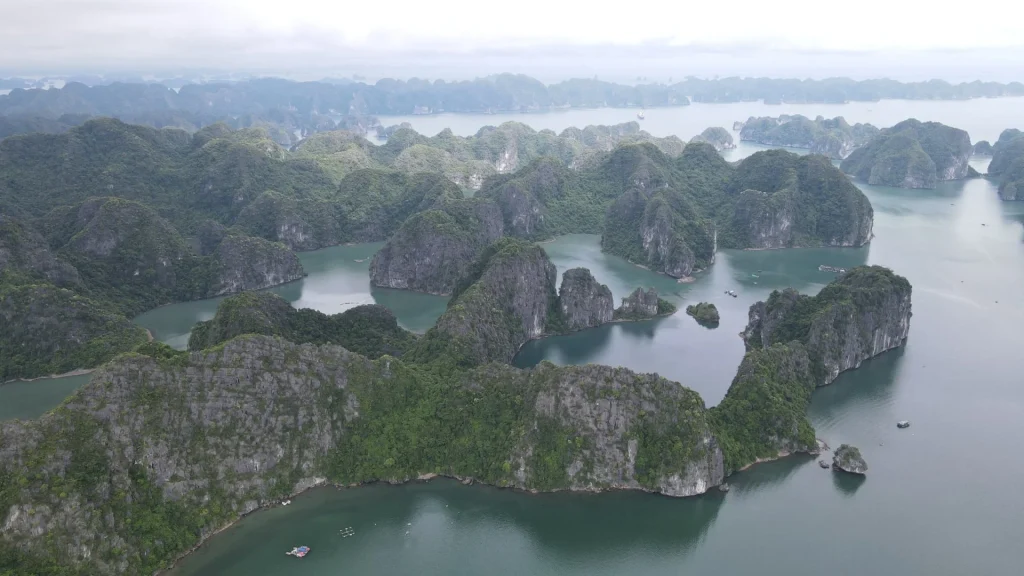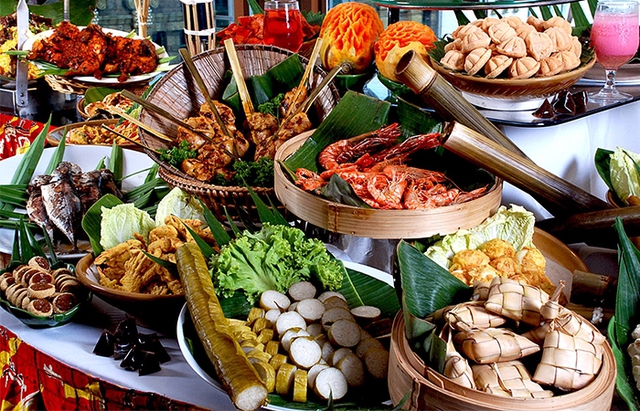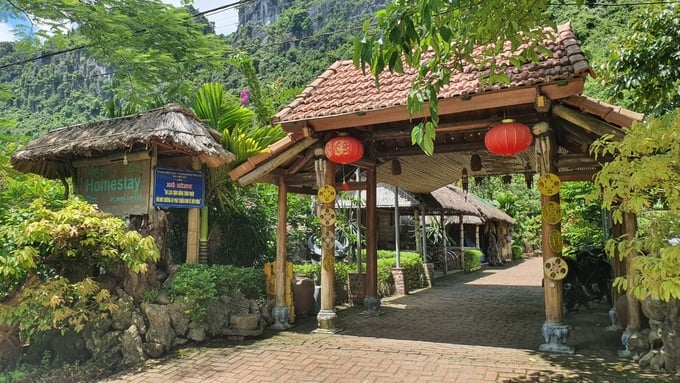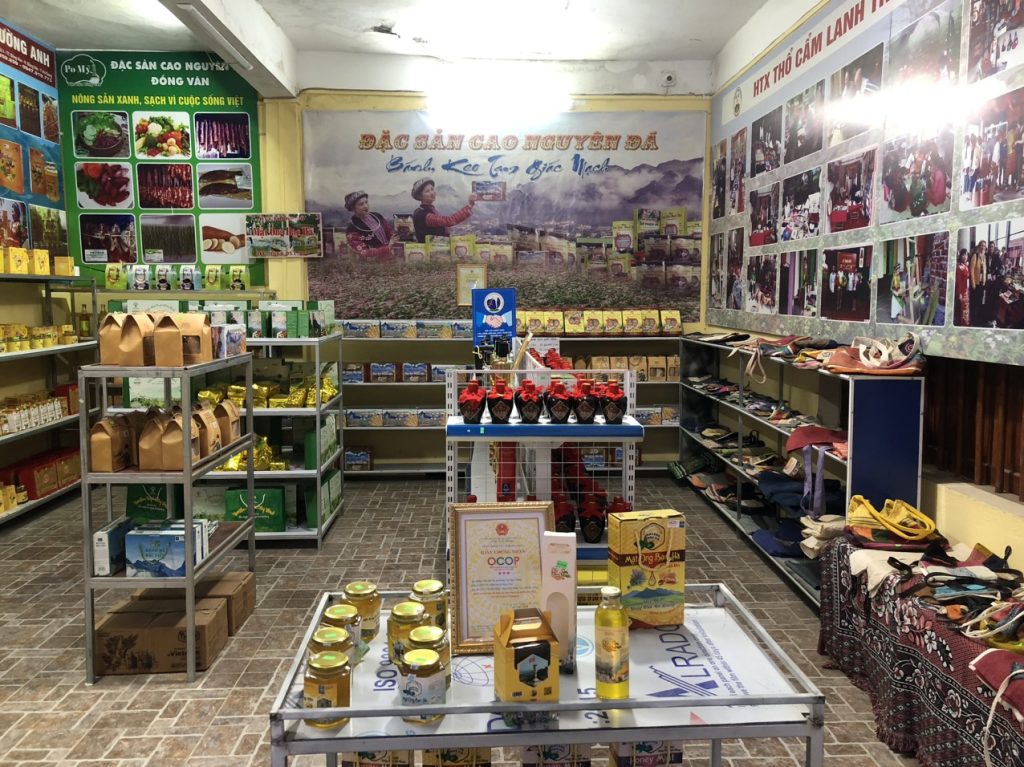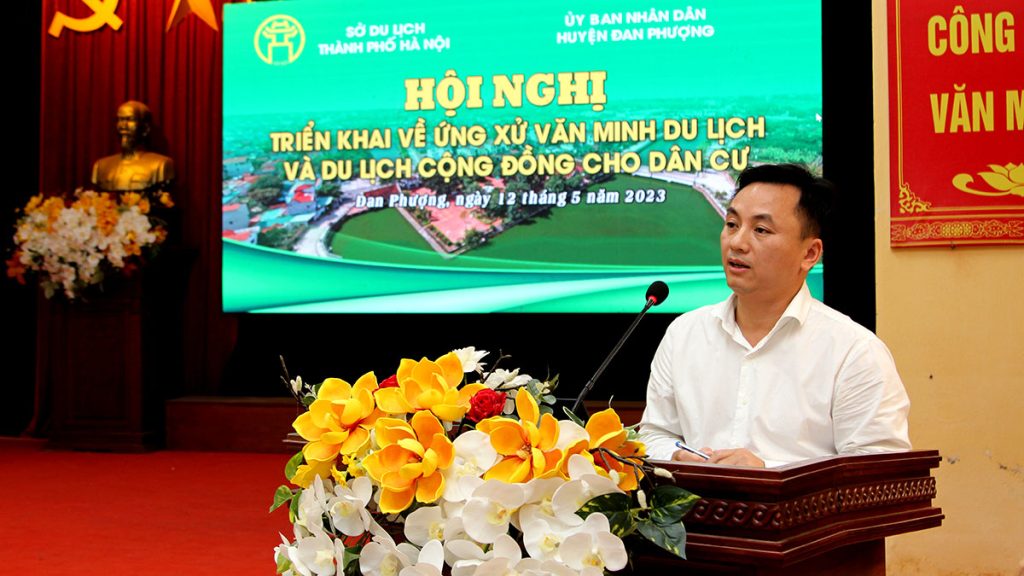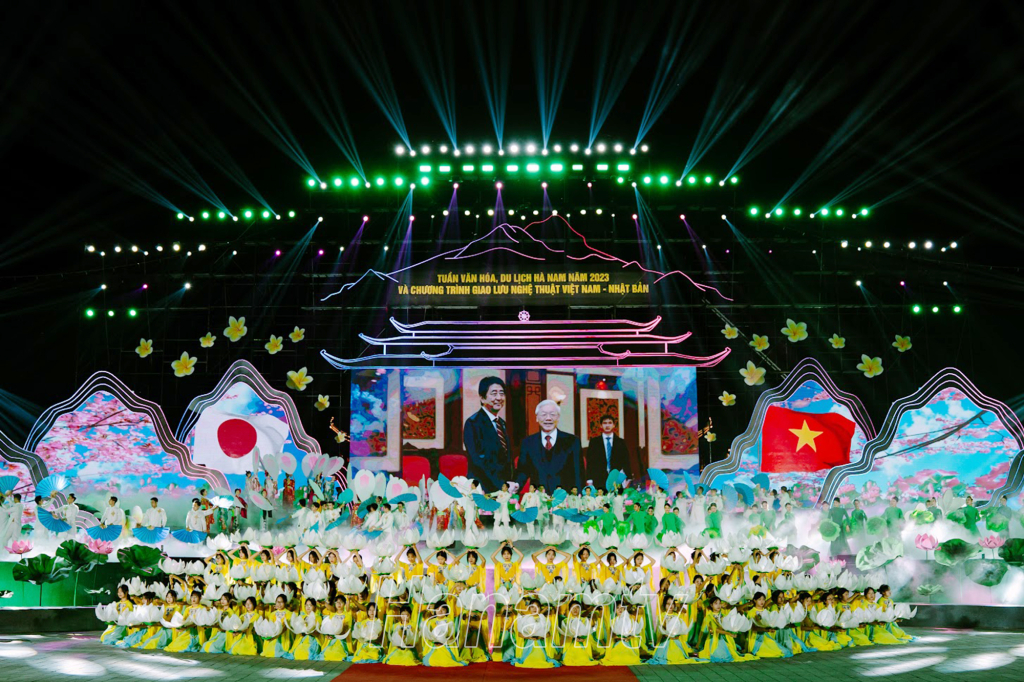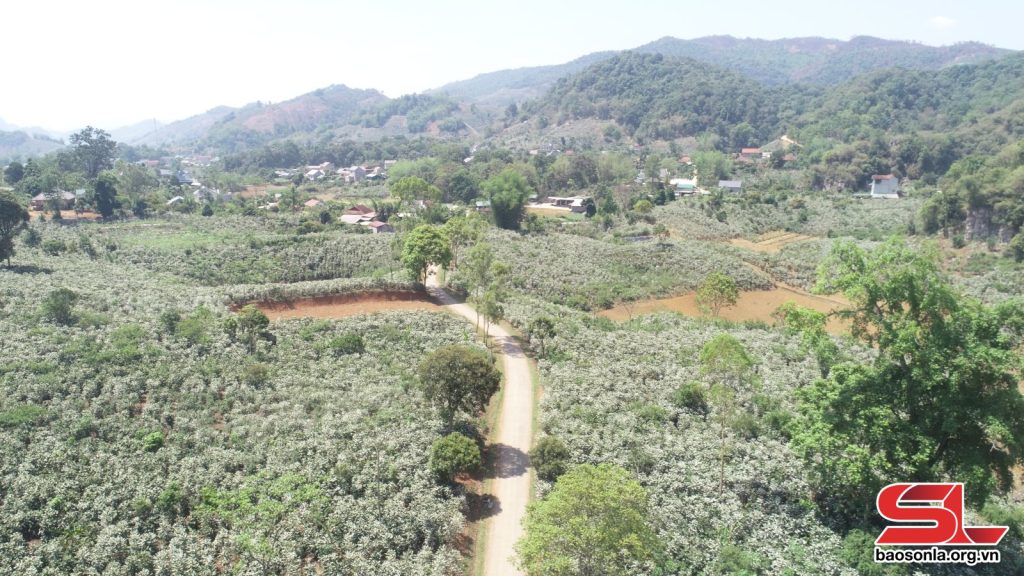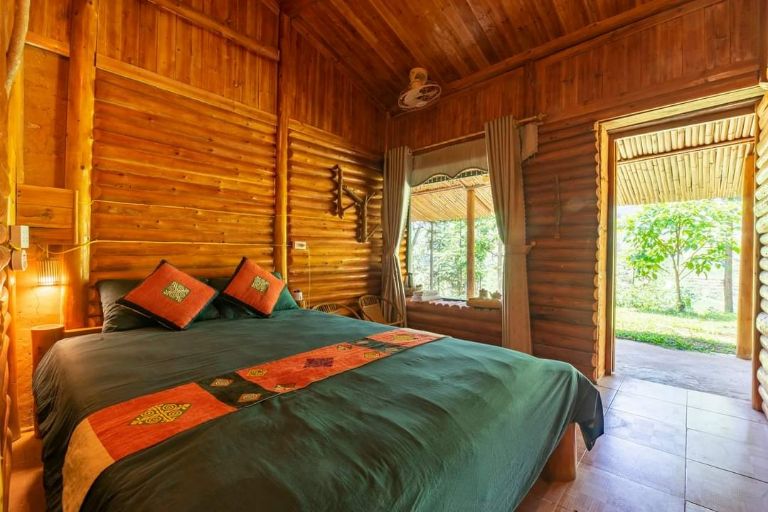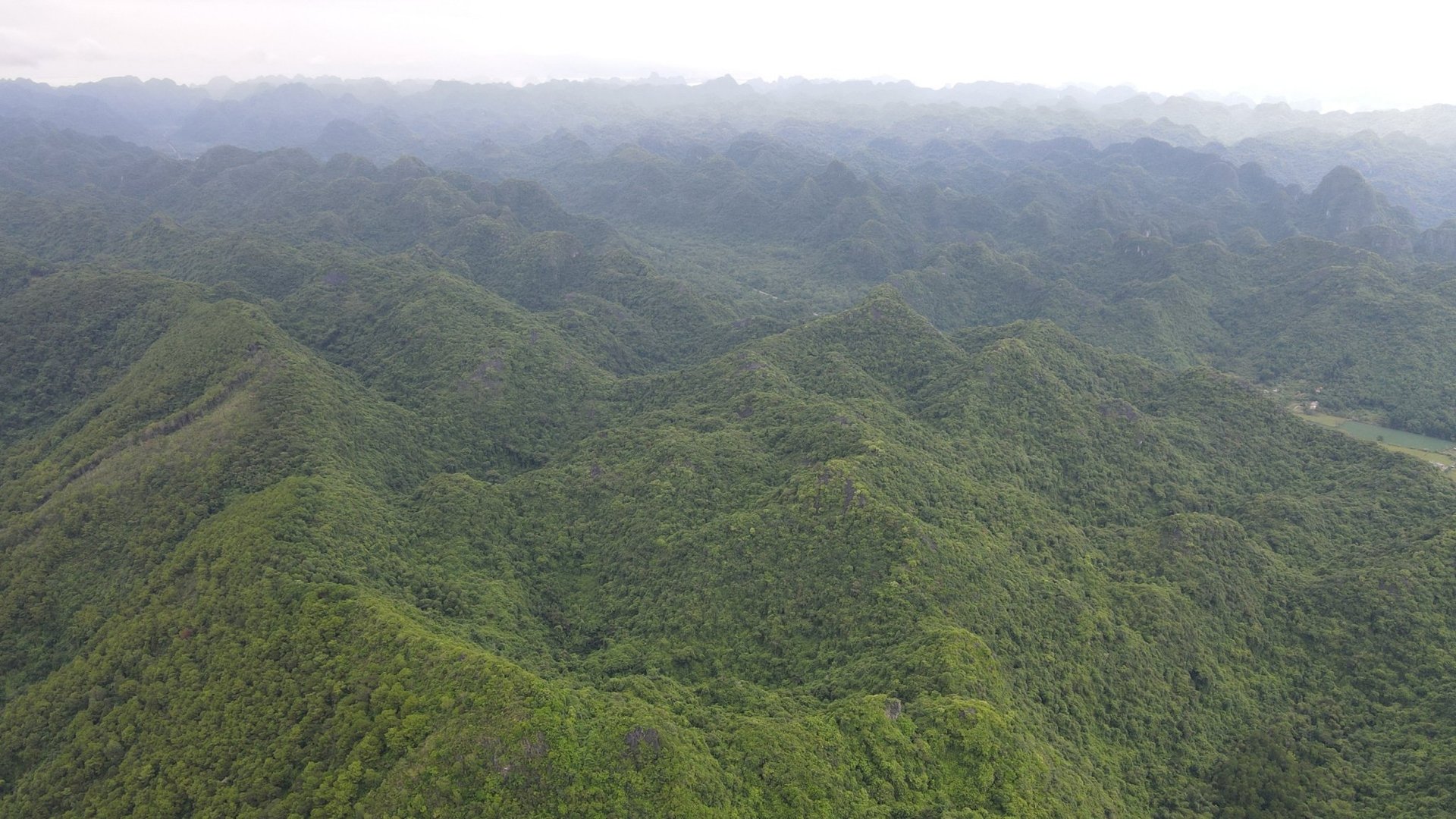
Cat Ba National Park has been recognized by UNESCO as a World Biosphere Reserve. Photo: Nhat Quang
Cat Ba National Park is one of Vietnam’s national parks containing significant island ecosystems. The park was established on March 31, 1986, by decision No. 79/CP of the Council of Ministers (now known as the Prime Minister). It is the first national park in the country to include both forest and marine ecosystems. UNESCO designated Cat Ba National Park in the Cat Ba archipelago as a World Biosphere Reserve in 2004.
After more than 35 years of development, Cat Ba National Park, which began as a modest agricultural and forestry enterprise tasked with administering, protecting, and developing forests, has continuously expanded and demonstrated its significance. In particular, the park’s area has expanded substantially, with the current total area exceeding 17,300 hectares. Additionally, the park’s biodiversity has expanded to include numerous endemic and rare species.
As the focal point of the Cat Ba Archipelago World Biosphere Reserve, the Park represents typical tropical and subtropical marine and island ecosystems of Asia, resulting in incredibly diverse landscapes and habitats. rich.
According to statistics, the Park is home to over 4,000 species of animals and plants, including many rare and endemic species such as the Cat Ba langur with yellowish white to the golden-yellow crest, the black squirrel, chamois, and the Cat Ba gecko, as well as historical values that are still being preserved. Particularly, this is the only conservation area in Vietnam and the entire globe where small populations of Cat Ba langurs numbering approximately 70 individuals exist.
In recent years, the Park has implemented approximately 15 topics and initiatives at the ministerial, municipal, and grassroots levels to preserve and develop animal and plant genetic resources. Particularly, fourteen non-governmental organizations are coordinating investment and enhancing management and leadership capacity to develop the island district’s natural resources sustainably.
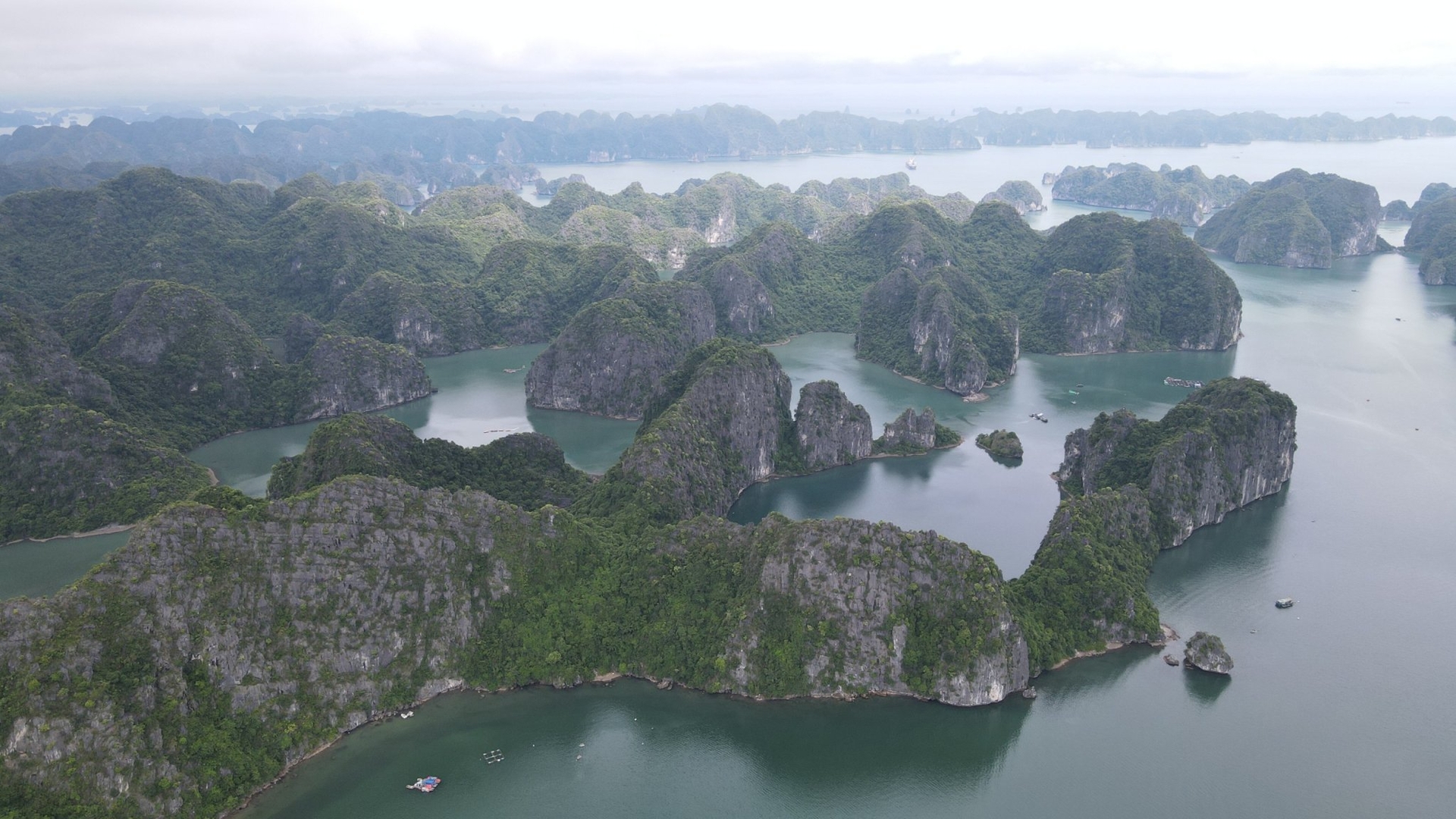
Ha Long Bay – Cat Ba archipelago is recognized as a world natural heritage. Photo: Nhat Quang
Mr. Nguyen Van Thiu, Director of Cat Ba National Park, remarked, “The Cat Ba National Park ecosystem is extremely distinct and biologically diverse. According to assessments by scientists, Cat Ba National Park is home to 4,000 distinct species of flora and fauna, including many special and uncommon species noted in Vietnam’s and the world’s red books. Throughout the establishment of the park, officials and personnel have done an excellent job administering and protecting rare animals, particularly the Cat Ba Langur.”
Cat Ba National Park not only has a diverse ecosystem that attracts a large number of visitors, but it is also a model for environmental protection. The Park Management Board has coordinated with the Cat Hai district’s People’s Committee and other agencies to promote the management and preservation of forest and marine resources, forest fire prevention, and tourism activity management.
In addition, actively coordinate to organize conservation and development programs and projects, such as the Cat Ba langur conservation project of the Zoological Society for Species and Population Conservation and Muenchen Zoo, Germany; the Cat Ba conservation and development program of FFI International Flora and Fauna Conservation Organization; the coastal afforestation program, afforestation to compensate for CO2 emissions; the coastal afforestation program; and the afforestation to compensate for CO2 emissions.
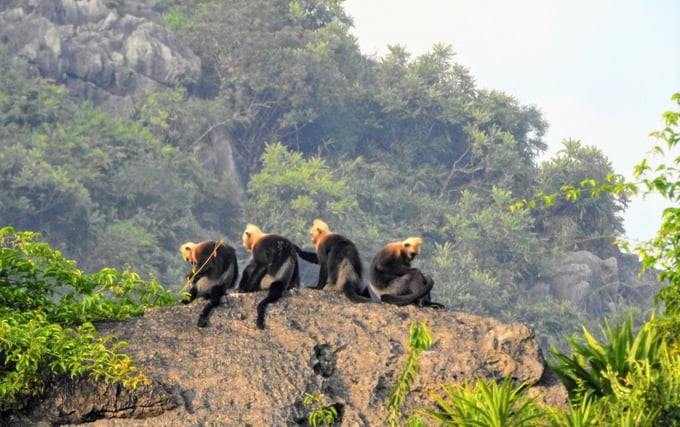
The Cat Ba archipelago is the only place where the Cat Ba langur exists, currently, there are only about 70 individuals left. Photo: Huy Cam
In addition, the Park Management Board conducts research and promulgates specific mechanisms and policies to invest in biodiversity conservation; organizes training and seminars on a regular basis to improve the management capacity of staff; increases investment funding; and provides machinery and equipment to support biodiversity management.
Mr. Nguyen Van Thiu, Director of Cat Ba National Park, stated that the Park will continue to effectively implement the Law on Forestry, the Law on Biodiversity, the Law on Fisheries, and the State documents on forest protection and development for the special-use forest system in the future. This is the most important objective of the Park’s and the World Biosphere Reserve’s biodiversity conservation efforts, as well as a mission of central importance for maintaining and sustaining development.
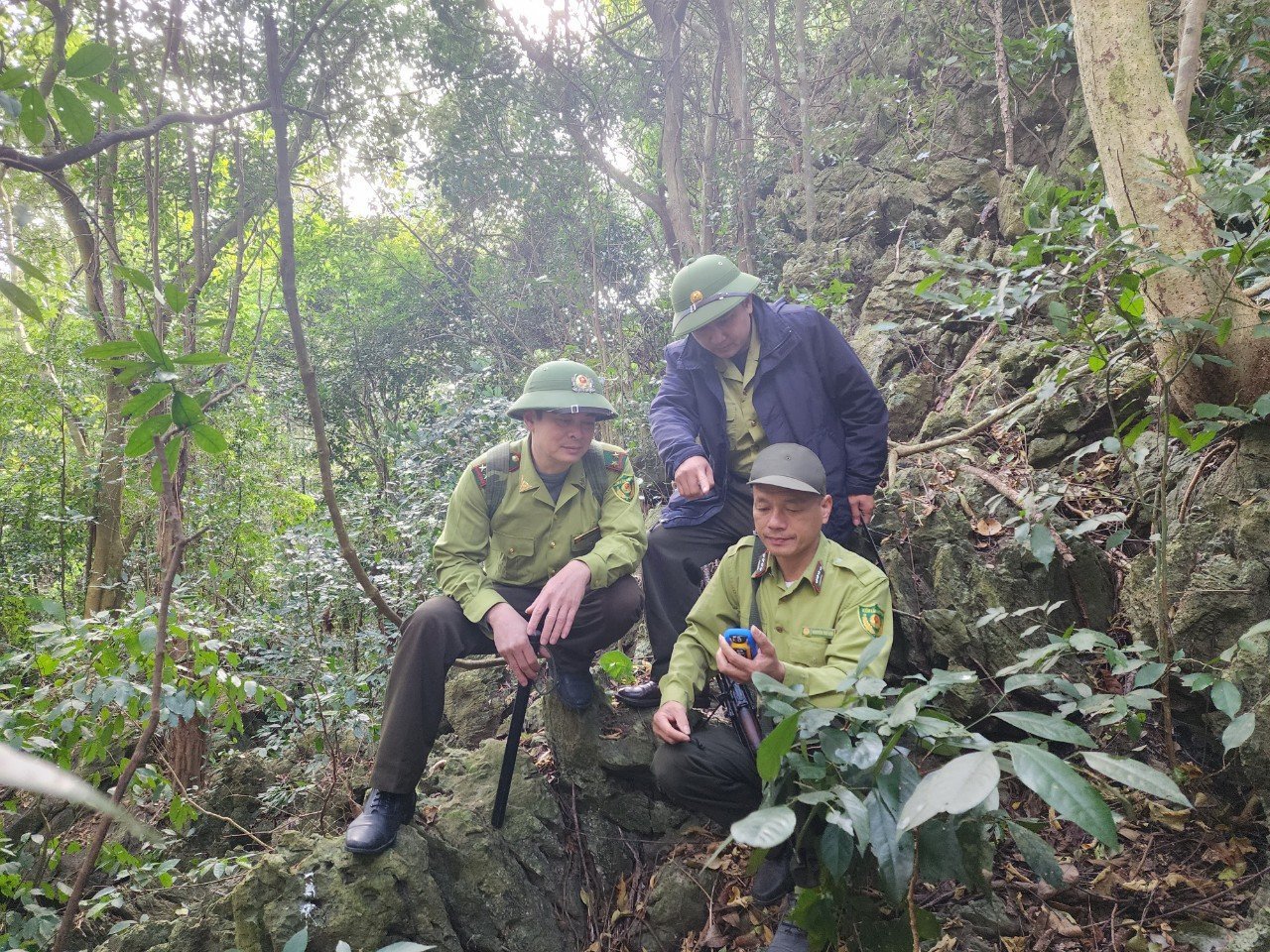
The protection of the ecosystem in Cat Ba National Park receives special attention from the authorities. Photo: Dinh Muoi
In addition, the Park also promotes forest protection propaganda, advocacy, and public awareness, and promptly prevents negative impacts on the Cat Ba archipelago’s biodiversity.
Coordinate with the authorities to prioritize dismantling works on special-use forest areas and water surfaces for tourism business without sanction from the authorities and in violation of regulations.
Translated by Linh Linh – https://vietnamagriculture.nongnghiep.vn/

